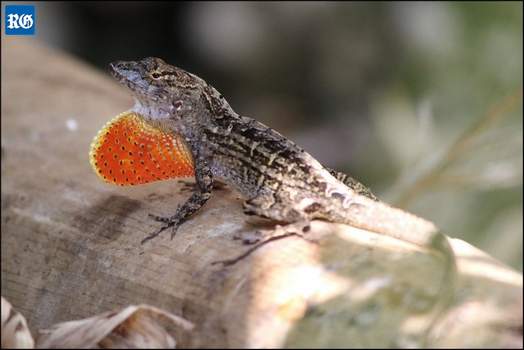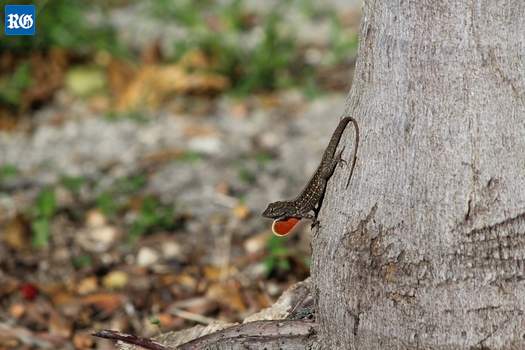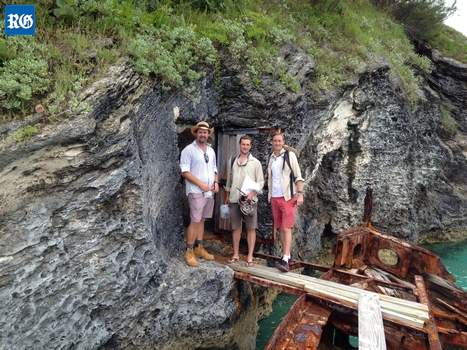Recent News
Aquarium welcomes two feathered friendsWednesday, April 22, 2015
The Bermuda Aquarium, Museum and Zoo is celebrating the arrival of two new feathered additions to the animal population.
Aquarium revamp set for mid-June finish
Tuesday, April 14, 2015
A major renovation of the aquarium is expected to be completely finished by mid-June. It had initially been hoped that the aquarium would be open to the public again by the end of this month.
Kate takes the plunge at Deep Sea World
Friday, April 10, 2015
When Bermudian Kate Cooper settles down to her new job training seal pups and diving in the tanks at Scotland’s Deep Sea World, she will have her early start in Bermuda’s own aquarium to thank for the opportunity.
Cancer survivor’s view beneath the waves
Wednesday, April 08, 2015
Ron Lucas was scuba diving 12 days after he completed treatment for his prostate cancer.
Deep sea squid found off The Reefs
Saturday, March 28, 2015
A squid carcass several feet long that washed up at a beach in Southampton looked so alive that diver Choy Aming had to check to make sure.
About
GovernanceAbout Us
Newsletter
Latest News
Gift & Bookstore
Contact
General Inquiries
info@bzs.bm
Latest News
All the latest updates and news from the Bermuda Aquarium, Museum, and Zoo, one of Bermuda's leading visitor attractions!
Jonathan Bell
Published Nov 2, 2017 at 8:00 am (Updated Nov 2, 2017 at 6:05 am)

The brown anole lizard in Bermuda (Photograph by James Stroud)
Bermuda’s endangered skinks are soon to cross paths with a thriving invasive species that already outnumbers the entire native population.
James Stroud of Florida International University said the brown anole lizard had been recorded “living in some of the highest densities of any terrestrial vertebrate on Earth”.
Dr Stroud’s report was shared with The Royal Gazette in the wake of an article on the lizard’s spread after the reptiles were spotted around Aberfeldy nursery in Paget.

The brown anole lizard in Bermuda (Photograph by James Stroud)
Other clusters of the foreign lizard were found on the grounds of Belco and a lumber yard at Mill Creek, both in Pembroke.
The report, with Sean Giery from North Carolina State University and Mark Outerbridge from the Department of Environment and Natural Resources, “conservatively” estimated there were 4,000 to 5,000 of the lizards on the island — dwarfing a total skink population of 3,500.

Researchers on Nonsuch Island: from left, Mark Outerbridge of the Department
of Environment and Natural Resources, Sean Giery from the University of Connecticut,
and James Stroud of Florida International University (Photograph supplied)
The two species overlap “substantially” — both lizards prefer to stay on the ground, and eat the same ground-dwelling insects and spiders.
The scientists estimated that contact between the species might occur in less than ten years.
Brown anole numbers appear to reflect “an initial stage of invasion, and prior to exponential growth” — meaning the lizards could become a familiar sight around the island.
The brown anole, which is originally from the Caribbean, has spread around the world — partly because the lizards are popular as pets.


